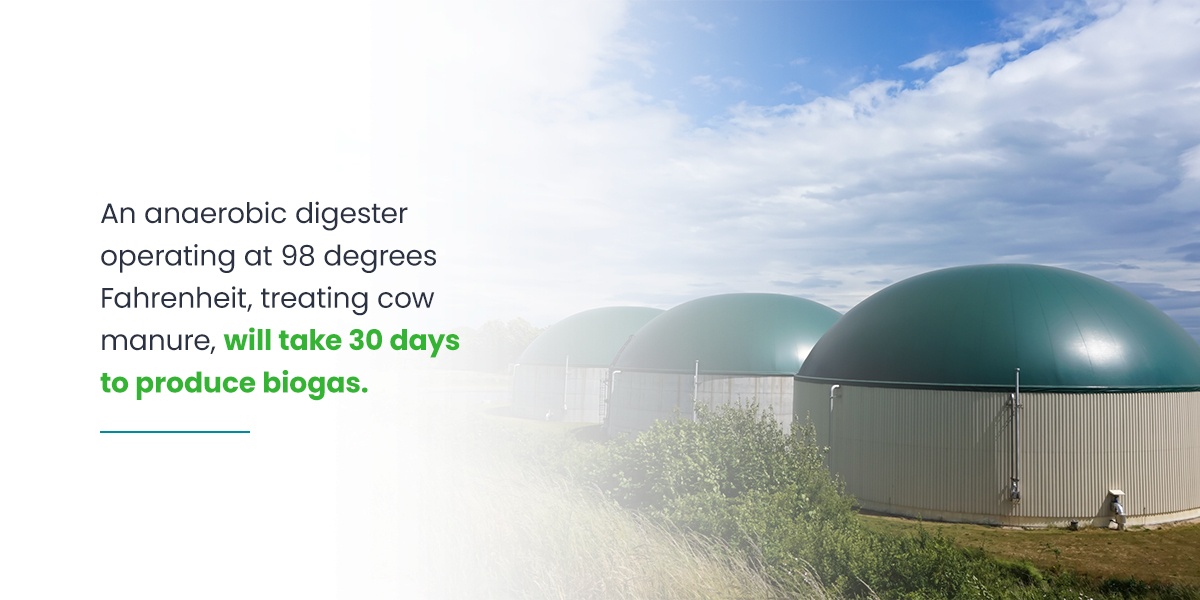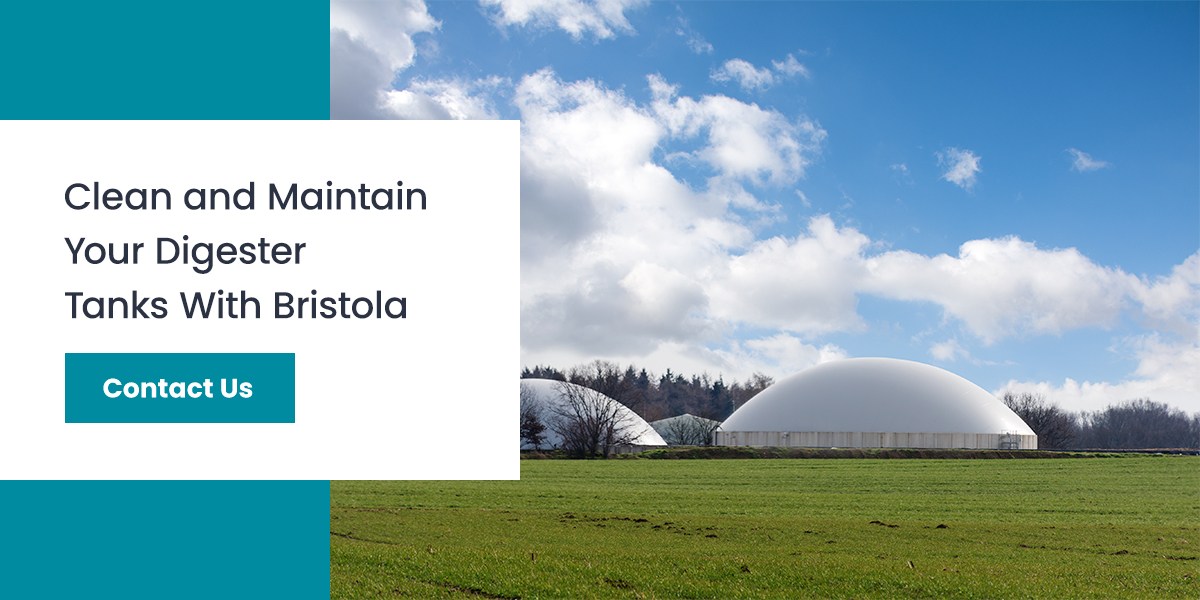
Anaerobic digestion is a process that has been making strides to prove itself as the new big form of sustainable energy. Many smaller operations have established on-site digester tanks, such as dairy farms and other smaller locations, while communities in states such as Vermont and California have begun scaling to create self-sustaining energy production systems using anaerobic digestion.
The potential of anaerobic digestion has only grown as more people are becoming aware of its many benefits. In light of these developments and the continuing desire for renewable energy, more and more people are developing an interest in the capabilities of this process.
The anaerobic digestion process is actually quite simple. First, the digestion tank is filled with manure, wastewater, food waste or other organic matter, or a combination of these. These waste products are often gathered from everyday use or donated from additional local sources, as is the case in Salsbury, Vermont.
After elements are gathered in the tank, they are deprived of oxygen, allowing a complex of microbial organisms to break down the materials into two types of outputs — biogas and digestate. Biogas is used for a number of purposes, most notably serving as a clean alternative to natural gas, a common fossil fuel. The digestate is all the solid and liquid residual material left over. This product has many agricultural uses, such as bedding for animals, organic fertilizers, horticulture products, irrigation systems and more.
To learn more about this process, check out our complete guide to anaerobic digestion.
Like the process of anaerobic digestion, the digesters are actually quite simple as well. These systems comprise sealed tanks, microbes and waste — the microbes remain inside the sealed tank and break down the waste as it is added.
Although all anaerobic digesters are designed to complete the same task, they are not all the same. The inputs and processes vary depending on the type of digester, but all will produce biogas as intended. Some defining characteristics of different digesters include operating temperature, feedstock variation (inputs), batch or continuous flow (loading process), or wet or dry (inputs).
In terms of temperature, the most common type of anaerobic digester is classified as mesophilic. Mesophilic digester tanks operate between 77 and 113 degrees Fahrenheit. Thermophilic anaerobic digesters operate faster and at higher temperatures, but they come at a higher cost.
If you’d like to learn more about these systems, we have a detailed breakdown of the various types of anaerobic digesters.
With the worldwide push to transition away from fossil fuels and other nonrenewable energy sources, new technology is constantly emerging, and anaerobic digestion is no stranger to the conversation. In fact, anaerobic digestion is rising in popularity, and for good reason.
With the help of the U.S. Department of Energy, it is quite feasible for the outputs of anaerobic digestion to be refined with specific timing to create valuable resources. If the process is timed to be ended after the breakdown into alcohol, but before the transition into methane and carbon dioxide, the outputs can be refined into jet fuel, gasoline and other high-value products.
Since the carbon released during this process was already absorbed from the atmosphere from the plants (that become the food, then the waste, then the gas) this process would be considered renewable.

In conjunction with the carbon emissions being renewable energy, the processing time for waste to be processed into biogas via anaerobic digestion is quite fast. For example, an anaerobic digester operating at 98 degrees Fahrenheit, treating cow manure, will take 30 days to produce biogas. Compare this to the millions of years it takes to produce fossil fuels.
In comparison to other renewable energy sources that may be faster in output, anaerobic digestion has the potential to be a continuous process, as its required inputs are not dependent on natural elements such as wind, tides and the sun. While all of these are sufficient in supply, they are often inconsistent in their delivery and require select circumstances to be effective.
On the contrary, anaerobic digestion relies on natural waste, which can be provided by common everyday functions of human life and agricultural processes. For example, food waste and wastewater biosolids can be collected from any community, rural or urban, while approximately 44% of the United States is dedicated to farmland, all of which can contribute organic materials and manure for anaerobic digestion.
With the ability to use such commonly accessible resources for the production of biogas, there is a potential for communities to use anaerobic digestion systems to create a closed-loop system of self-sustaining energy producers. In fact, it’s already been done.
In Northern California, the East Bay Municipal Utility District now produces 135% of the community’s energy needs with the help of 11 digestion units and three turbines. This success comes from setting up food waste collection stations and on-site digesters for dairy farms. Other communities are adopting plans to collect their materials based on the output of their local agricultural operations. Some digesters then return their solid outputs such as fertilizer back to the local farms that donated the initial input material.
Processes like this allow communities to gather inputs completely customized to their local consumption habits while gaining the ability to pay it forward by providing energy and resource outputs that exceed their needs. Communities like EBMUD that produce beyond 100% of their energy needs then have the potential to sell that energy to other communities, setting themselves up for local economic development.
Although the digester tanks are designed to be sealed, the insides should still be cleaned every few years to ensure optimal efficiency and longevity. Most methods of industrial tank cleaning are costly and challenging, as they require the tank to be emptied. That’s why the proprietary Submersible Robotic Cleaning Systems from Bristola are ideal for cleaning your anaerobic digesters. Bristola offers over 20 years of experience providing anaerobic digester cleaning services with minimal impact to a system's productivity.
Our service can clean single tank operations or even entire systems without shutting down facilities. This zero-human entry system utilizes remotely operated vehicles to enter covered lagoons and tanks without removing the cover while collecting and storing vital system information for future and ongoing maintenance.
The system requires installation of an entry portal that can be adapted to any manhole 24 inches or larger. The portal allows for easy repeated entry and ongoing maintenance tasks without needing tanks to be repeatedly drained and refilled for every procedure.
Contact Bristola today for more information on our anaerobic digester cleaning services or to schedule a demonstration.
